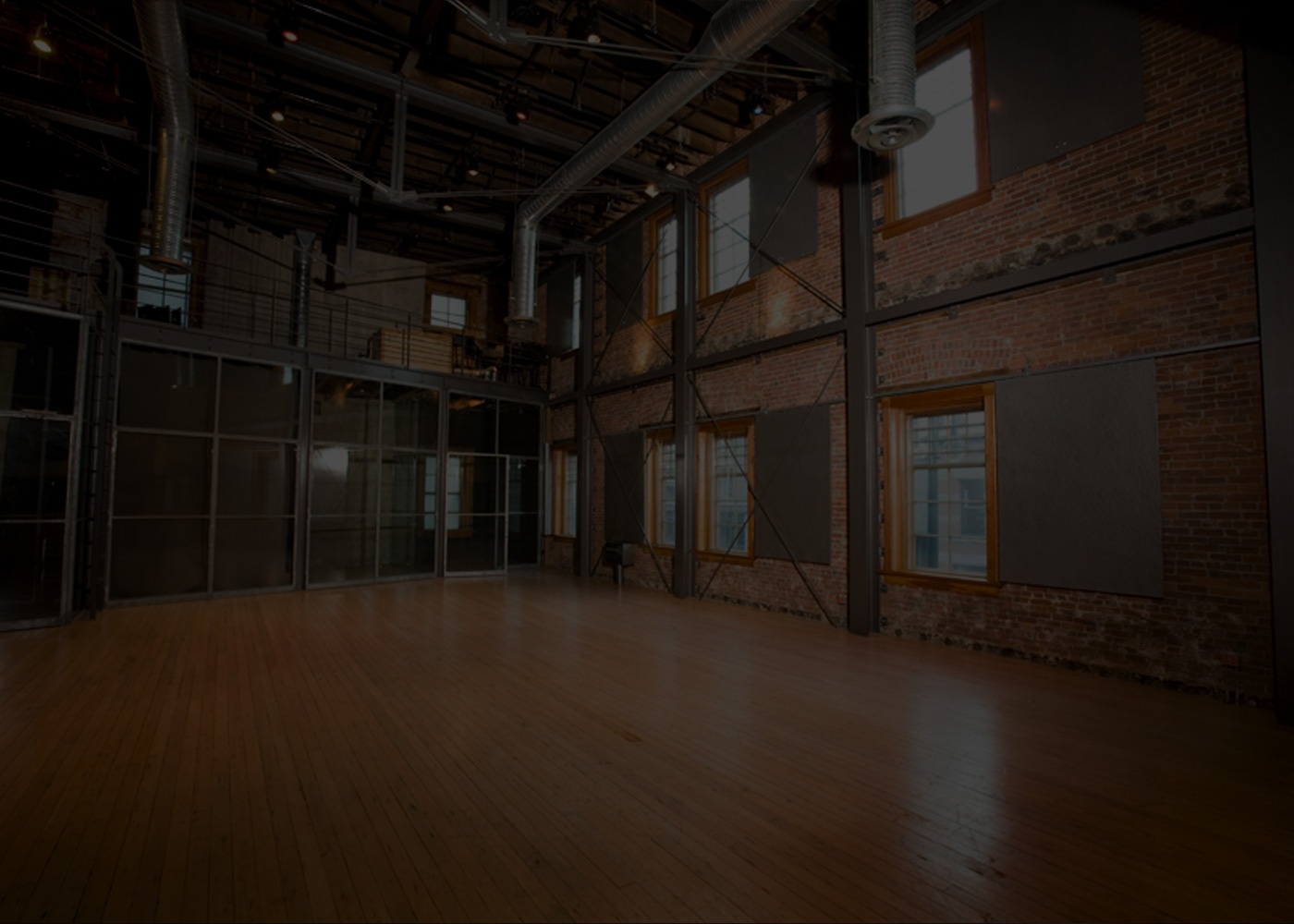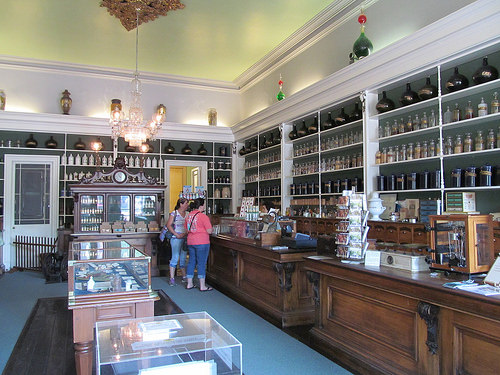Niagara has a rich history, and a lot of it is seen through the infrastructure of the region. With the increasing growth over the years, development has continually threatened the older buildings that were once drivers of the economy. To preserve the history, traditions, and culture of Niagara, restoration projects have been implemented and have had positive benefits on the environment and economy.
Restoration projects tend to be less expensive than a complete tear down and build, although jobs and dollars increase due to the labour intensity and more skilled labour that comes with restoration as opposed to new construction. Building restoration is also great for reducing the impact on our environment as 20% of the solid waste stream is construction waste. In this series we’ll take a look at some of the cities and towns in Niagara with buildings that today are still being used after facilitating restoration development projects. First up: Niagara-on-the-lake.
Foghorn House
Built in 1904 by the Department of Marine and Fisheries, the Foghorn House was a warning signal for marine vessels during times that featured a booming shipping industry. The foghorn operator also managed two nearby lighthouses, and operated up until 1978. The building originally housed two large boilers and heavy machinery to operate the horn. After it was decommissioned, the building was converted to residential use by the station keeper.
The Town of Niagara-on-the-Lake acquired it in 1982 and the Niagara Foundation has continued to make extensive renovations to this property over the last 50 years with the biggest project being in 2010 when the Foghorn House received a full refurbishment of both the exterior and interior to provide families with a cottage rental home.
The Exchange Brewery
The name ‘The Exchange Brewery’ is a tribute to the building’s history of once being a telephone exchange during the early 1900s. Set up in a heritage designated storefront on Queen Street, the site includes five 20-barrel fermenters, three brite tanks, eight 1,000-litre serving tanks, two 1,100-litre large oak barrels, and 32 used wine barrels from Pearl Morissette winery.
A local artist has worked to create wooden tasting flight boards that resemble rotary phone dials and the beer names and symbols make reference to the building’s telephone exchange history, further adding to the recognition this brewery has given to the building’s past.
Niagara Apothecary
The Niagara Apothecary opened at its present location in 1869 and is the only surviving building in the town after the Canadian Confederation period. With only opiates and alcohol for restorative ingredients, pharmacists were handy with a mortar and pestle for custom-made prescriptions. Its operations started in 1818/1820 at another location and closed in 1964 due to the last pharmacist owners ill health.
The Niagara Apothecary is an excellent example of high style, eclectic mid-Victorian commercial architecture. The exterior was restored in 1971 to its 1869 opening and was completed by one of Canada’s most noted restoration architects, Peter Stokes. This building was prestigious for a small town in a rural setting, and projects an impression of 19th century well-being and financial stability with its black walnut and butternut fixtures along with plaster rosettes to anchor three crystal chandeliers. The original interior fittings were in use for nearly a century and have also been carefully restored.
There are many buildings throughout the Niagara region that have been around for a while and have seen their fair share of change. Luckily for them, we’ve made the decision for the better to keep them standing and work on restoration projects rather than complete tear downs and re-development. This is great for maintaining and showcasing Niagara’s historic significance to Ontario.





